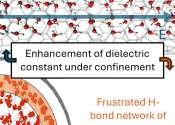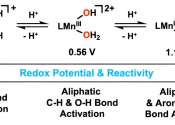Scientists create computer program that 'paints' the structure of molecules in the style of famous Dutch artist
Scientists from Trinity College Dublin have created a computer program that "paints" the structure of molecules in the style of famous Dutch artist, Piet Mondrian, whose beautiful artworks will be instantly recognizable to ...









